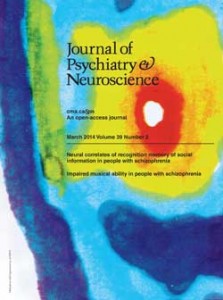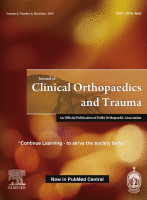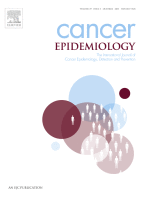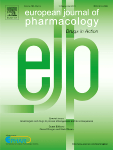Since our recent coverage about a university investigation that led to multiple retractions for nursing researcher Moon-fai Chan, we’ve been alerted to a few more retractions and errata. His total is now at six retractions and four errata.
Some of our finds were published this year, and some are a few years old. Most are due to duplication; one is due to “use of a dataset without ethical approval.” Chan — now the Associate Master and Chief of Students at the University of Macau — is the first author on all but one of the papers.
We’ll start with the most recent errata. Three of Chan’s articles in the Journal of Clinical Nursing have errata notes published online in July of this year, all noting that the authors used elements of some of Chan’s other articles. Here’s the erratum note for “Exploring risk factors for depression among older men residing in Macau:”
Continue reading More retractions, errata discovered for nursing researcher

 An investigation at the University of Illinois at Chicago has found “a preponderance of evidence” that a psychiatrist who has received millions of dollars in federal funding has committed misconduct.
An investigation at the University of Illinois at Chicago has found “a preponderance of evidence” that a psychiatrist who has received millions of dollars in federal funding has committed misconduct.

 We’ve learned about two more retractions we missed for
We’ve learned about two more retractions we missed for 
 To one reader of a paper on a nerve cancer, the researchers, based at a hospital in China, seemed to have found a very large number of cases of a rare cancer to study. That observation triggered an investigation into the paper that led to its retraction — and the concern that the authors in the paper never did the research at all.
To one reader of a paper on a nerve cancer, the researchers, based at a hospital in China, seemed to have found a very large number of cases of a rare cancer to study. That observation triggered an investigation into the paper that led to its retraction — and the concern that the authors in the paper never did the research at all.

